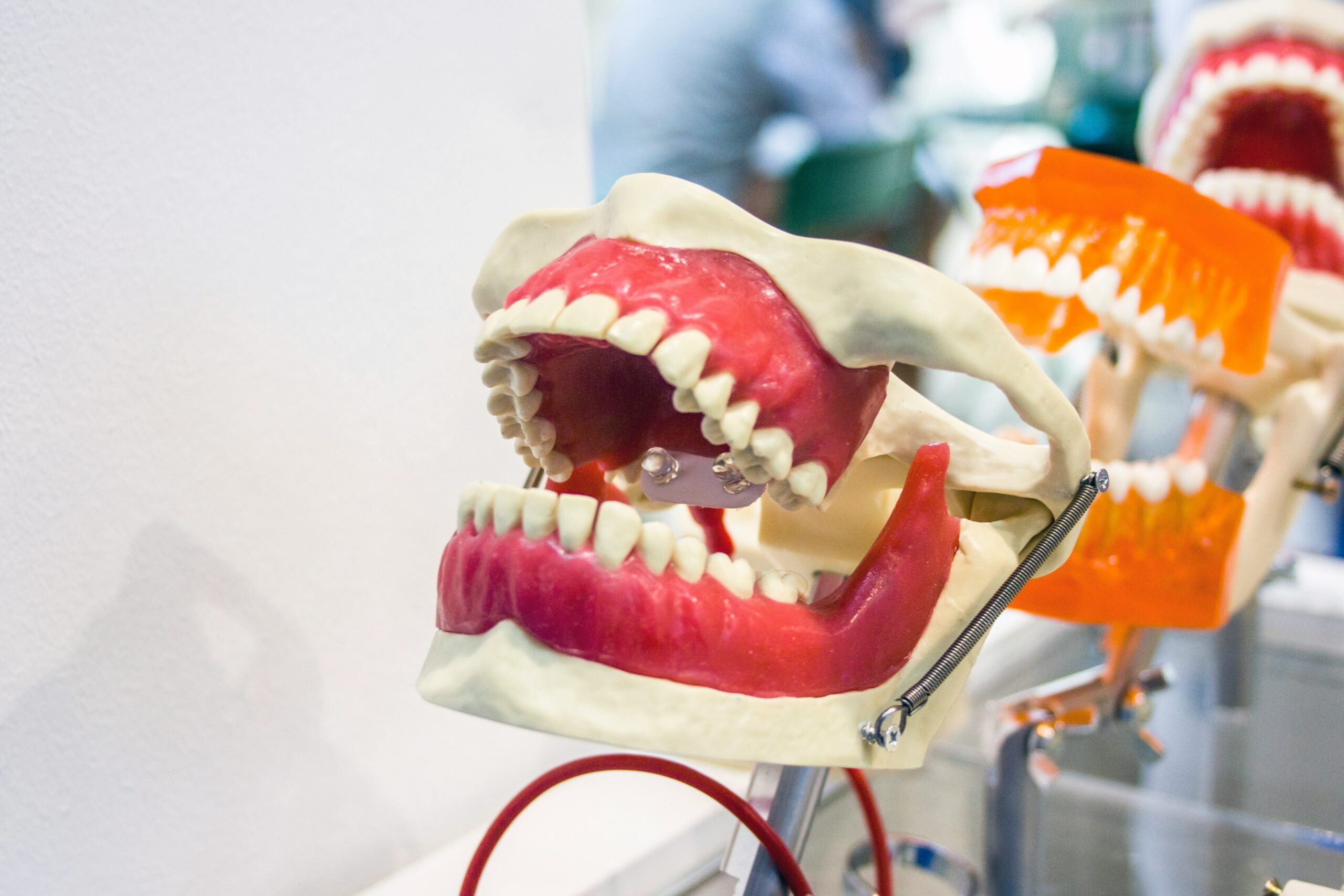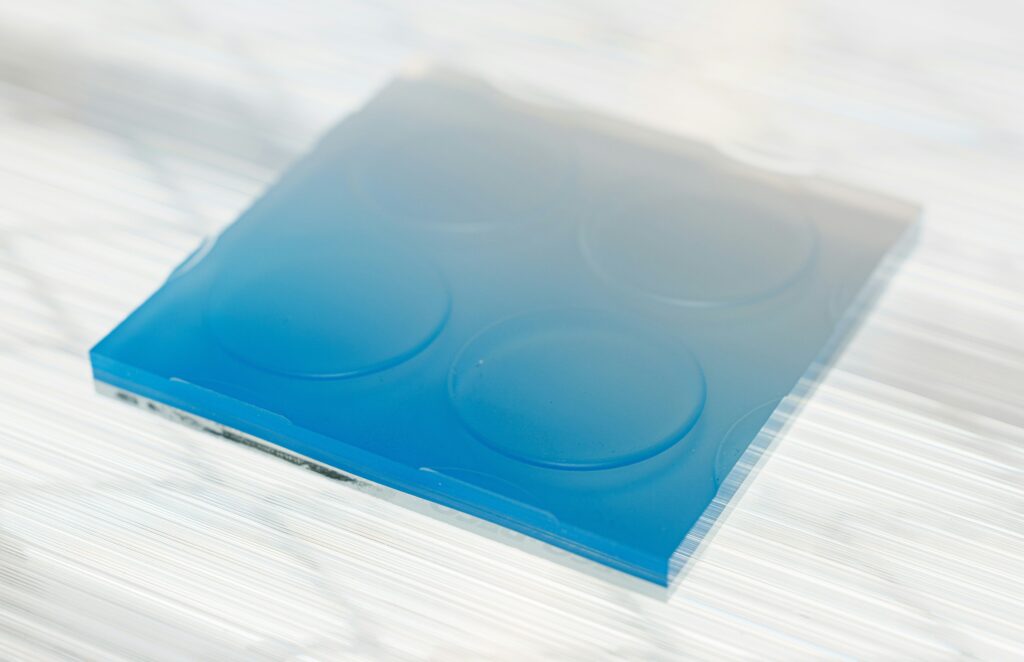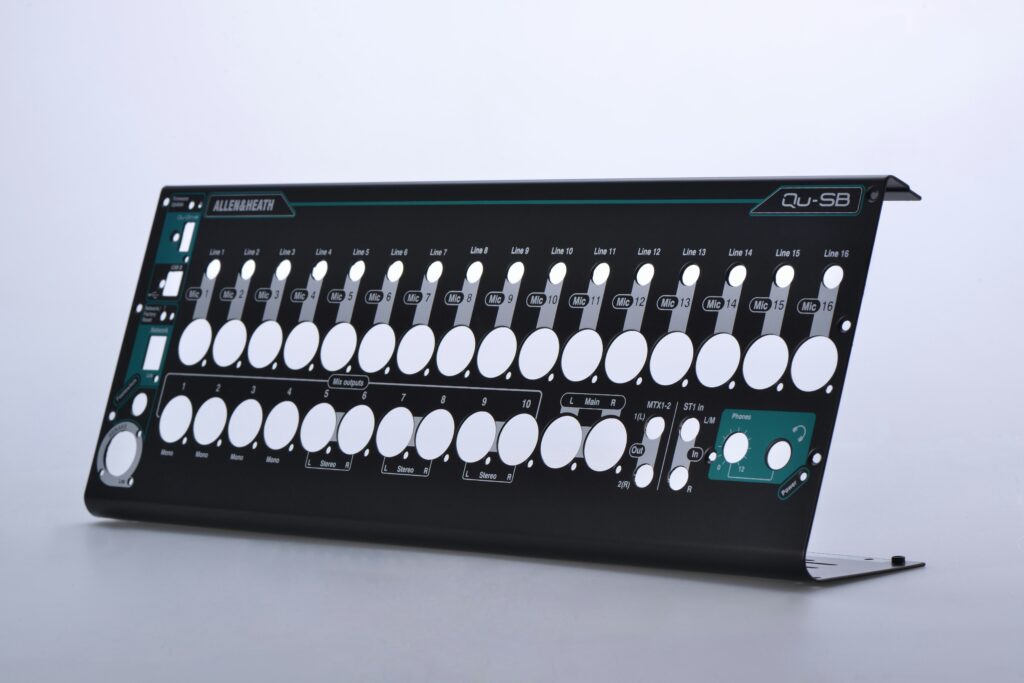“Ever walked into your living room and found a $30 plush toy reduced to confetti in under five minutes? Yeah, welcome to the club.”
If you’re nodding along or cringing at the thought of yet another shredded squeaky toy, this one’s for you. Today, we’re diving deep into bite-resistant dental toys, why they matter, and how to pick the right ones so both your pet and wallet stay happy.
In this post, you’ll learn:
- The surprising truth about pets’ chewing habits.
- A step-by-step guide to choosing bite-resistant dental toys.
- Expert tips on maximizing durability without skimping on safety.
- Real-world examples of toys that worked wonders (and some that didn’t).
Table of Contents
- Key Takeaways
- The Problem with Weak Dental Toys
- How to Choose Bite-Resistant Dental Toys
- Best Practices for Durability & Fun
- Case Studies: Success Stories from Real Pet Owners
- FAQs About Bite-Resistant Dental Toys
Key Takeaways
- Pets need durable chew toys not just for entertainment but also for their oral health.
- Bite-resistant dental toys reduce waste and save money in the long run.
- Material, size, and shape play critical roles in determining a toy’s lifespan.
- Not all “bite-resistant” toys live up to their claims—buyer beware!
Why Weak Dental Toys Are Failing You (And Your Dog)
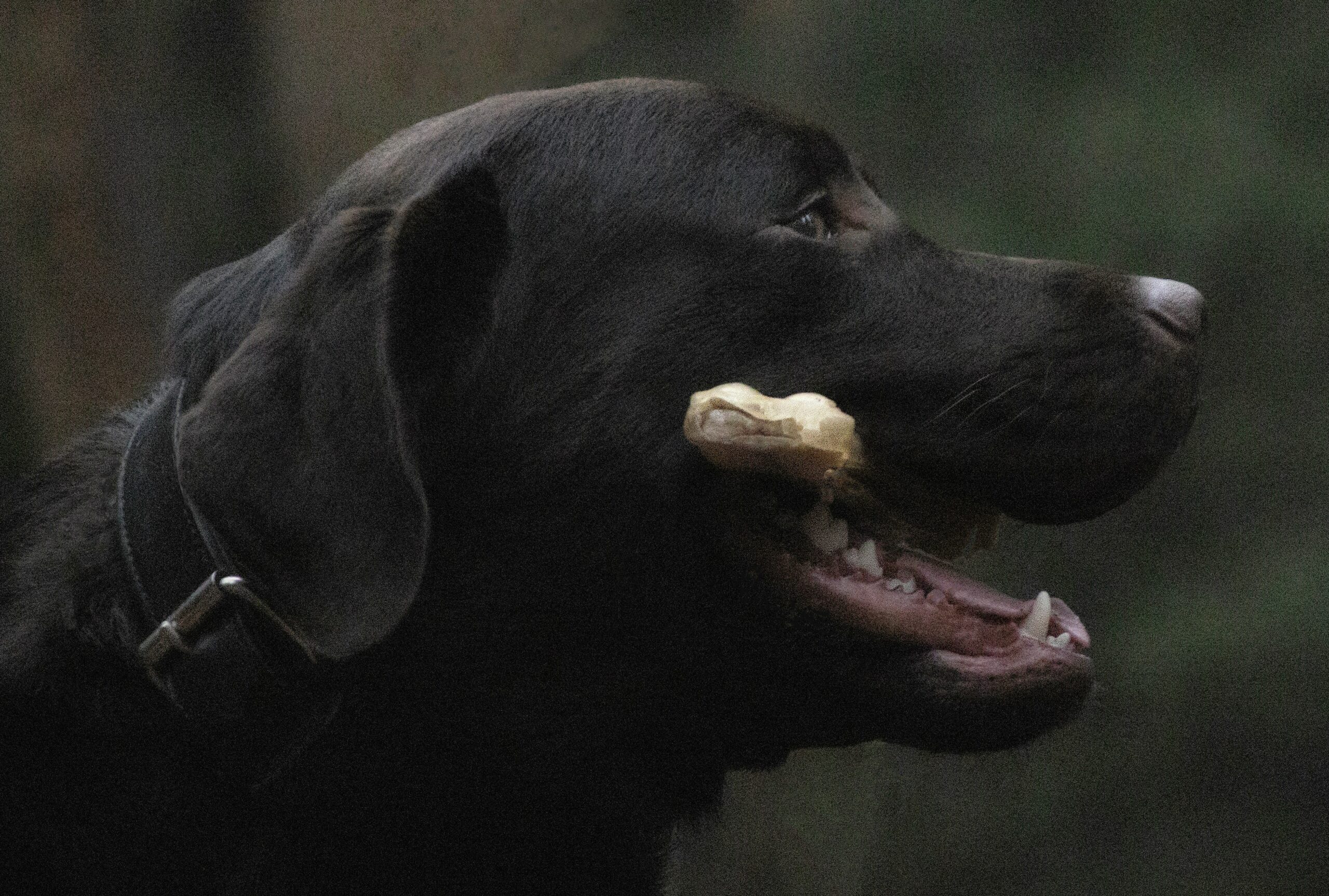
We’ve all been there. You buy what seems like an indestructible dental toy only to find it dismembered hours later. It feels personal, doesn’t it? But here’s the kicker—it’s NOT your dog’s fault.
Dogs, especially heavy chewers, have incredibly strong jaws. Some breeds can exert over 300 PSI (pounds per square inch)! That’s enough to crush through many poorly made toys faster than you can say “no refunds.”
I once bought a supposedly ‘indestructible’ nylon bone for my pitbull mix. Within two days, I was dodging sharp shards scattered across my carpet. #WorstDecisionEver.
Here’s where bite-resistant dental toys come into play. These bad boys aren’t just built tougher; they actively promote gum health while keeping destructive chewing instincts in check.
Step-by-Step Guide to Picking Out Bite-Resistant Dental Toys
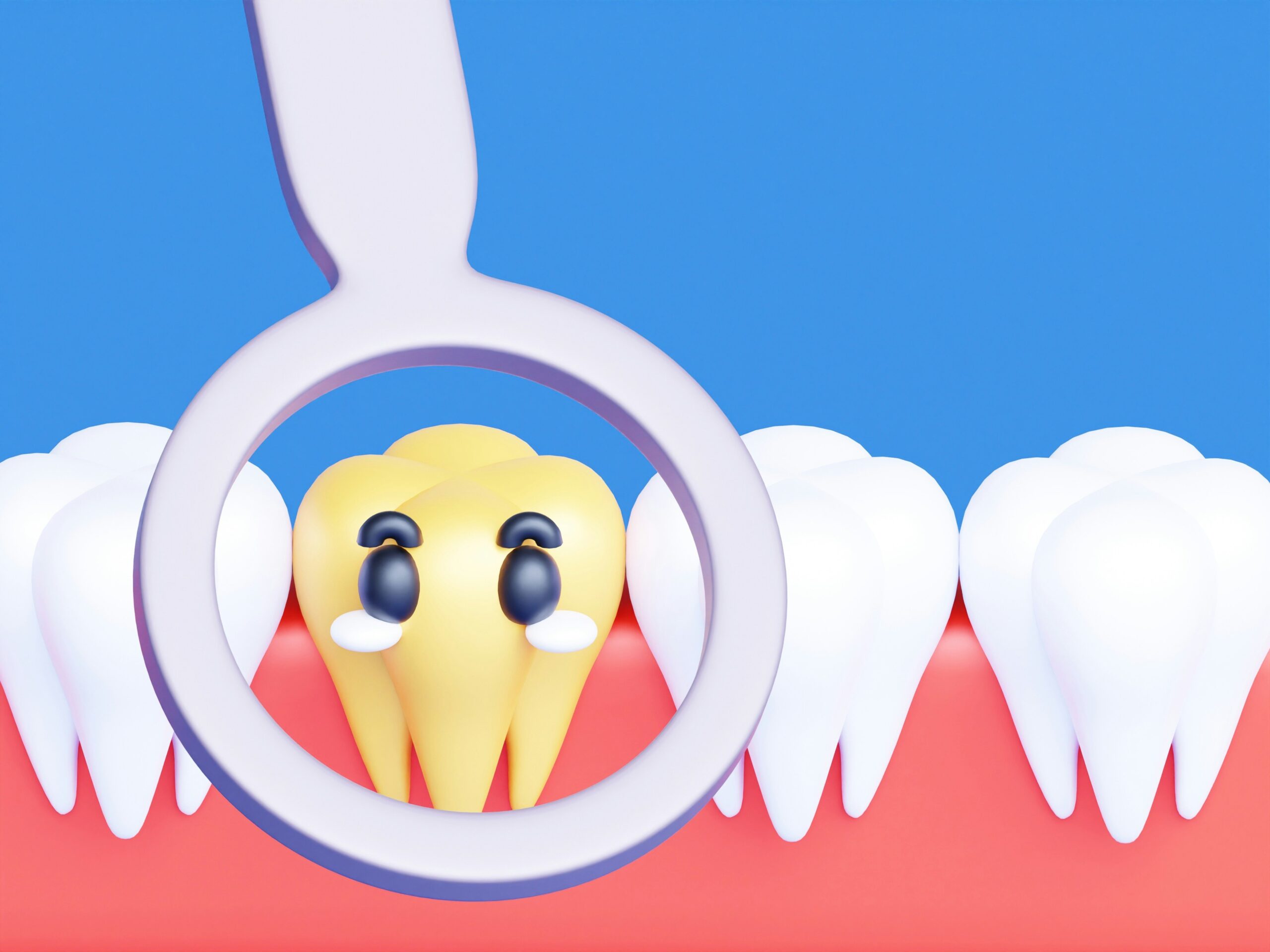
Optimist You: “This will be easy, right?”
Grumpy Me: “Sure…if you want to avoid stepping on jagged plastic pieces every morning.”
Let’s break this process down step by step:
### Step 1: Understand Your Pet’s Chew Style
Are they aggressive gnawers or gentle nibblers? This matters because mismatched toys lead to frustration—for them AND you.
### Step 2: Check Material Quality
Rubber reigns supreme when it comes to resistance, but don’t ignore textured fabrics designed to scrub plaque away during playtime.
### Step 3: Size Matters
Never underestimate the importance of matching toy dimensions to your pet’s proportions. Too small = choking hazard. Too big = boredom city.
### Step 4: Look for Certifications
Brands boasting third-party testing seals are usually trustworthy. Think of it as Yelp reviews for pet products.
Top Tips for Maximizing Toy Lifespan
TIP #1: Rotate Regularly
Dogs get bored easily. Swap out toys every couple weeks to keep curiosity alive.
TIP #2: Supervise Playtime
Even “indestructible” toys deserve attention. Watch for signs of wear before disaster strikes.
TERRIBLE TIP ALERT:
“Save Money by Buying Cheap Knockoffs”
Nope. Just nope. Low-quality imitations often use toxic materials unsafe for pets. Trust me, vet bills cost WAY more than premium toys.
RANT TIME:
Why do companies STILL market flimsy plushies as suitable for heavy chewers?! It’s maddening. Save us all the headache and label things honestly.
Success Stories: How Bite-Resistant Dental Toys Transformed Lives
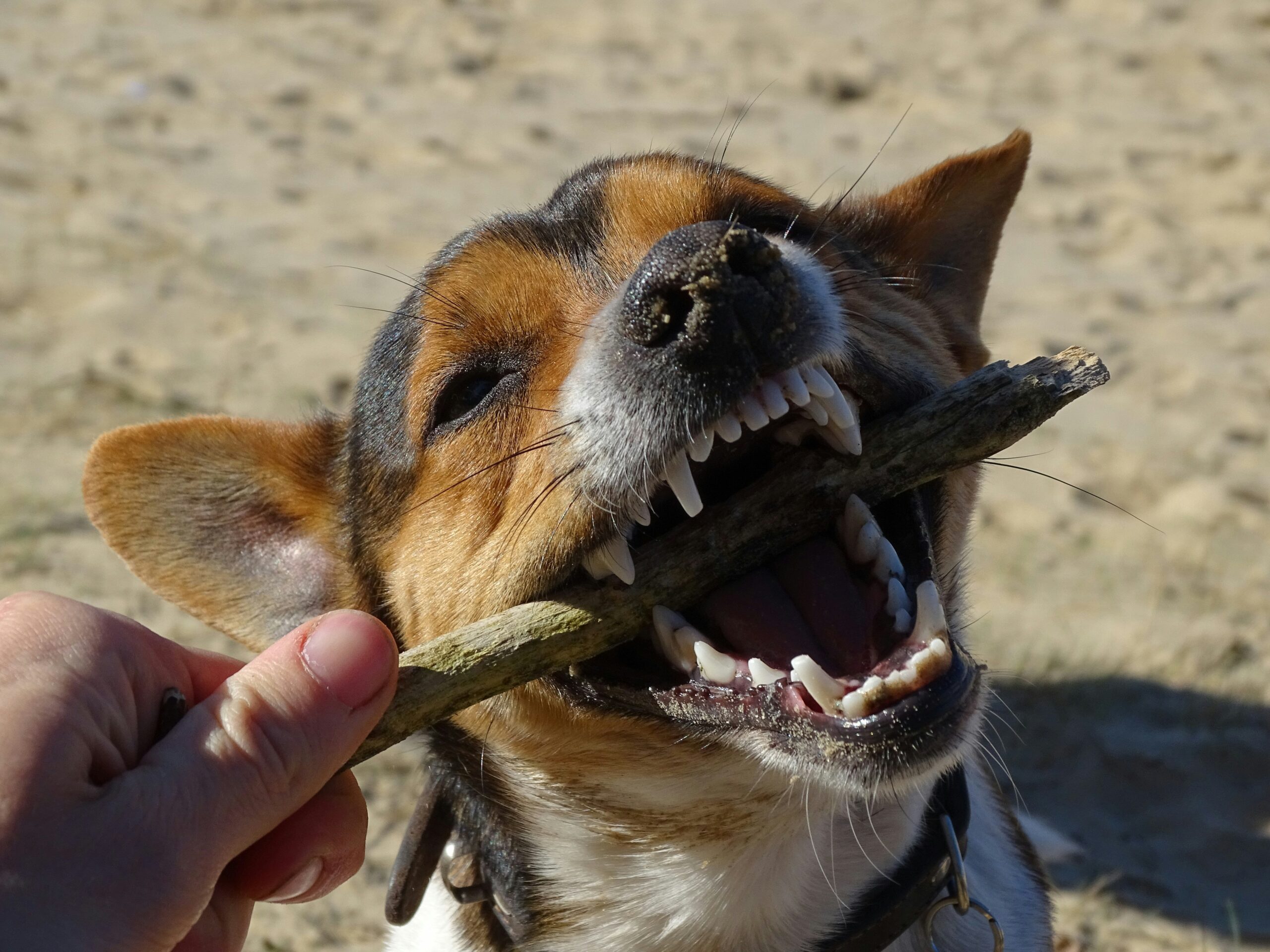
Meet Max, a Labrador Retriever who demolished five rope knots in record time until his owner discovered a super-durable KONG Extreme rubber ring. Six months later? Still going strong.
Then there’s Bella, whose owner switched to Zogoflex Qwizl toys after endless rounds of failed experiments. Now, her dental health has improved significantly thanks to consistent plaque removal during play.
These stories highlight how investing upfront leads to long-term wins—not just financially but emotionally too.
Frequently Asked Questions About Bite-Resistant Dental Toys
Q: Do bite-resistant dental toys REALLY help clean teeth?
A: Absolutely! Textured surfaces mimic brushing action, reducing tartar buildup naturally.
Q: What should I do if my dog chews TOO hard?
A: Consult your vet first, then consider harder materials rated specifically for power chewers.
Q: Can cats benefit from similar toys?
A: Yes! Though options are fewer, catnip-infused rubber balls exist too.
Conclusion
Bite-resistant dental toys might seem pricey initially, but remember—they prevent expensive trips to the vet AND minimize household chaos caused by endless destruction sprees. From understanding chew styles to rotating favorites strategically, implementing these strategies ensures success for everyone involved.
Like a Rubik’s Cube, sometimes solving the puzzle takes patience—but finding the perfect balance pays off BIG time.
Chef’s kiss for finally mastering the art of unbreakable fun.
Toothsome treasures stand the test.
Peaceful nights ahead!
